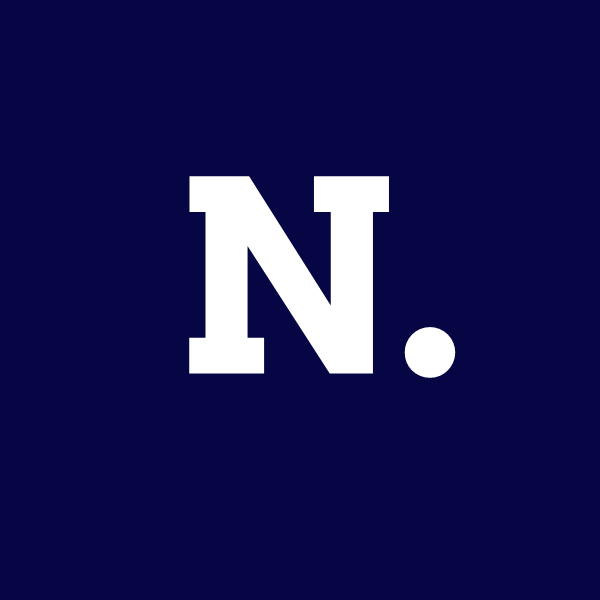In today’s digital world, artificial intelligence (AI) plays a crucial role in keeping our information safe. However, it also presents serious risks. This balance creates what experts call the “AI-Cybersecurity Paradox.” On one side, AI helps protect against cyberattacks, while on the other, it gives criminals new tools to break through security measures. Understanding this paradox is essential for everyone as technology continues to advance.
The Growing Role of AI in Cybersecurity
AI is changing how organizations protect their data and systems from cyber threats. It uses advanced technologies like machine learning, natural language processing, and predictive analytics to improve security. Businesses can identify assaults and respond to them more skillfully thanks to these technologies.
Improved Detection of Threats
AI’s speedy analysis of vast volumes of data is one of the most important advantages for cybersecurity. Traditional security systems can struggle to keep up with the constant evolution of cyber threats. In contrast, AI-powered systems can identify unusual patterns or behaviors that human analysts might miss. This capability is essential for spotting new types of attacks, known as zero-day exploits, before they can cause harm.
For example, modern Security Information and Event Management (SIEM) platforms use AI to collect data from various sources, such as network traffic and user activity. By looking at this information together, these systems can recognize complex attack patterns that might not be obvious when looking at individual data points.
Quick Automated Responses
AI also speeds up the response to cyber threats. When an attack is detected, AI systems can take immediate action to protect the network, often within milliseconds. This rapid response is vital for stopping fast-spreading malware or large-scale attacks, like Distributed Denial of Service (DDoS) attacks, which can overwhelm a network with traffic.
Additionally, AI learns from each incident. After responding to a threat, it improves its future responses based on what worked and what didn’t. This ability to adapt helps organizations stay one step ahead of attackers.
Predicting Future Threats
One of the most exciting advancements in AI-driven cybersecurity is its ability to predict potential vulnerabilities and attacks. By analyzing past data and current trends, AI can forecast which systems might be targeted by cybercriminals. This predictive capability allows organizations to strengthen their defenses before any attack occurs.
For instance, AI can identify systems that are more likely to be attacked based on factors like their update status or previous attack patterns. Knowing this helps security teams focus their resources where they are needed most.
AI in the Hands of Cybercriminals: The Dark Side
While AI strengthens defenses, it also empowers criminals with advanced tools to carry out attacks. The widespread availability of AI technology means that even people with limited technical skills can launch sophisticated cyberattacks.
Sophisticated Social Engineering
AI has improved social engineering techniques, where attackers manipulate people into giving up confidential information. With AI, it’s now easier to create convincing phishing emails that look like they come from trusted sources. These messages can be tailored to the recipient’s interests, making them even more convincing.
Additionally, technology like deepfakes allows criminals to create realistic audio or video content. This capability has led to serious crimes, such as impersonating executives to authorize fraudulent transactions. This new wave of deceit makes it harder for individuals and companies to distinguish between legitimate communication and scams.
Evolving Malware
Conventional malware frequently use a static code that security software is able to identify and stop. But malware driven by AI has the ability to alter its behavior in real time, making it far more difficult to recognize and remove. These advanced threats can learn from previous failed attacks, adapting to avoid detection and exploiting weaknesses in target systems.
Researchers have even developed prototype malware that uses reinforcement learning to navigate networks, gain higher access levels, and steal data without human intervention. Although these sophisticated threats are not yet widespread, they signal a concerning trend in cyberattacks.
Automated Discovery of Vulnerabilities
AI can quickly scan software and systems to find weaknesses, a process known as vulnerability discovery. While this capability is essential for cybersecurity defense, it also enables attackers to find and exploit vulnerabilities faster than ever.
AI-driven vulnerability scanners can check thousands of systems simultaneously, identifying potential entry points for attacks. This efficiency allows attackers to find exploitable weaknesses with minimal effort, significantly increasing the risks for organizations.
Navigating the AI-Cybersecurity Paradox
As the role of AI in cybersecurity continues to grow, organizations need to develop effective strategies to manage its risks while reaping its benefits. One approach is promoting ethical AI development. By establishing guidelines and standards for responsible AI use, the cybersecurity community can work together to ensure that AI technologies serve the public good.
Governments around the world are also recognizing the need for regulations governing AI in cybersecurity. New laws aim to strike a balance between encouraging innovation and protecting citizens from potential harm.
Furthermore, human-AI system collaboration is crucial. While AI excels at processing data and detecting patterns, human expertise remains crucial in understanding context and making strategic decisions. Many organizations are creating security operations centers (SOCs) where AI handles routine tasks, allowing human analysts to focus on complex issues that require critical thinking.
It is essential to continuously learn and adapt as the digital landscape changes. Security professionals must stay updated on the latest advancements in AI technology, both in defense and offense, to anticipate new threats. Investments in AI training programs for security teams help ensure they are equipped to work effectively with these advanced tools.
Finally, rigorous testing and validation of AI systems are critical. Organizations can find flaws and improve their security posture by stress-testing AI defenses against mock attacks. Red team exercises that incorporate AI-driven attack tools are becoming a common practice, allowing organizations to evaluate their readiness against sophisticated threats.
The rise of AI has brought both powerful tools for defense and significant threats from malicious actors. Understanding this complex relationship is key to maintaining strong cybersecurity in an increasingly digital world.





